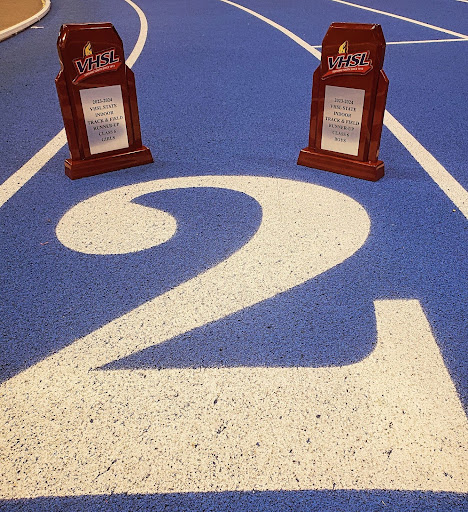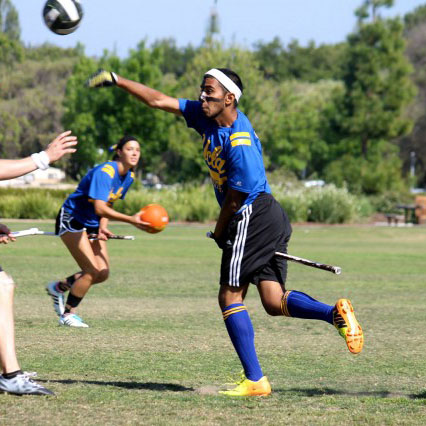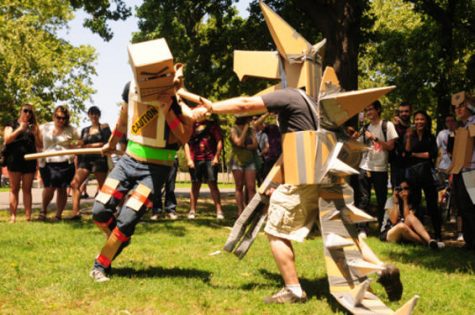The Ocho: Camels get over the hump to the finish line
You are stranded in the desert and you here a slow rumble off in the distance. You look up and see a dust cloud thundering towards you so you run for cover. The cloud rumbles by but to your surprise it was not a famous haboob but rather a large herd of camels in a full sprint.
In countries around the world, such as Egypt, Saudi Arabia, Australia, and Mongolia, camel racing is a popular alternative sport to that of the fine clothed, well mannered, and wealthy sport of equestrian racing.
Across the large plains of arid deserts, teams of camel trainers prepare camels for short sprints at speeds up to 40 miles per hour and longer races where camels run a at slower but more constant speed of 25 miles per hour.
“The idea of racing camels is just weird to me,” said Sophomore Maddie Winslow. “Everything camels do like standing up, running, and walking just looks awkward.”
The oddities of the sport don’t just end with the fact that people are racing two humped, two toed behemoths through the desert. To combat a growing child slave trade due to the increased need for light jockeys, the innovators of the camel racing world came up with an ingenious solution, robots!
“I did not know that people made robots to ride camels,” said Sophomore Mark Simonsen. “It’s a creative way to solve the problem and the robots are pretty cool because no other sport uses them to control animals.”
The robots weigh between two to three kilograms (for us Americans that is between 4 to 6 pounds) and are remote controled. A microphone allows trainers to give verbal commands to the camel in the heat of competition while levers and buttons on the remote can whip the camel and change its direction. This allows a fleet of cars filled with men to have a second race, on asphalt, while they use a remote to give commands to their prized camel.
“Remote controlling a camel is cool because it is like playing a video game in real life with real camels,” said Winslow.
This 7th century sport started in the desert of Arabia and has gained recent popularity, it now recognized as an international sport. Racing is now quite profitable with a grand prize of $25,000 given as prize money at the sports most popular race “The Boulia desert Sands” held in Queensland.
“I would defintly try to race camels,” said Simonsen. “The fact that I wouldn’t have to physically exert myself and that there is almost no chance of getting hurt makes it awesome.”









